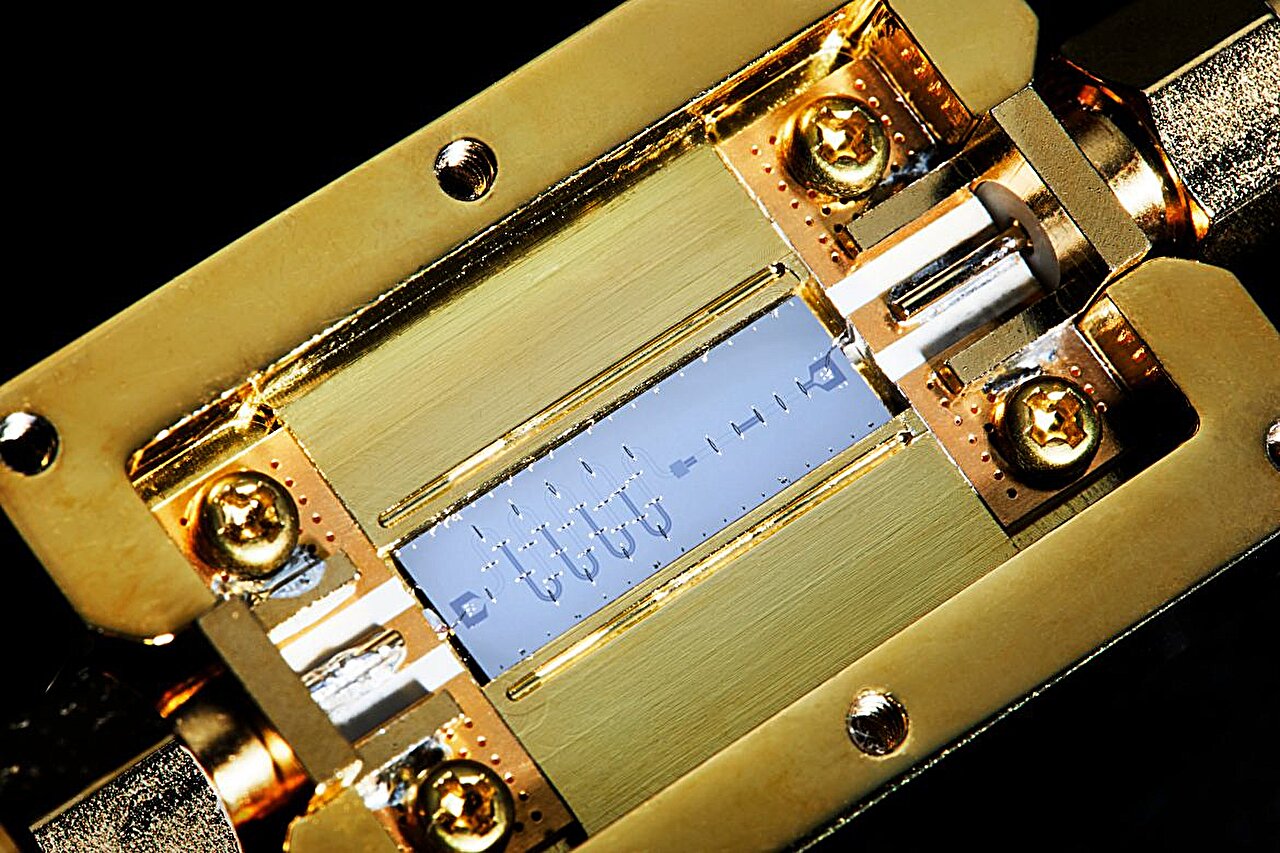The new iPad Air is very good. If you buy one, you’ll almost certainly like it. That’s it, that’s the review.
But is this the iPad you should buy? That’s a more interesting question. The iPad Air is a study in tradeoffs, even more so than before. Starting at $599, it’s not the cheapest iPad you can buy, nor is it the most impressive. It doesn’t support all the accessories, but it does support some of the accessories. It’s fast but not the fastest, thin but not the thinnest, powerful but not the powerful-est. It is Apple’s attempt to find the Goldilocks middle ground — the features that matter most to the most users and nothing else.
Outside of a couple of specific scenarios, I don’t think I’d tell you to buy this year’s iPad Air. Not because it’s not great — it is great! It’s just that for $250 less, you can get the base iPad, which is just about as good at every common iPad activity. The 10th-generation iPad is a couple of years old at this point, but it’s still an excellent device, especially after Apple lowered its price from $449 to $349. The iPad, not the iPad Air, is the right iPad for most people.
The new Air is pretty much last year’s iPad Pro in the body of last year’s iPad Air. The two models are identical other than the screen size. The new 13-inch model is obviously larger in every dimension and about a third of a pound heavier than the 11-inch Air, which is exactly the same size and weight as the last-gen Air.
Both new Airs run the same M2 chip as the old Pro and, in my testing, run it practically identically — it’s a fast and reliable chip, though the new M4 processor in this year’s iPad Pro runs laps around it in benchmark tests. The screen is the same as last year’s Air, the battery life is the same, and the rear camera is the same — it’s just a spec bump on the same thing.
In my testing, there’s really only one change from the old Air that I’ve noticed: Apple moved the front-facing camera to the middle of the landscape edge, which means I can use it for video calls without looking like I’m always staring up and away from the screen. This is a great change, and one Apple should have made a long time ago. If you do want to buy an Air, I’d recommend this one over the previous generation just to get the camera in the right place.
Next to this year’s Pro, on the other hand, the Air definitely feels like a lesser model. The Pro has a much better OLED screen, that ultra-powerful M4 chip, full Thunderbolt support on the USB-C connector, more speakers, more storage in every price tier, and is lighter and smaller at both screen sizes. You pay handsomely for those upgrades, but they’re real upgrades.
But honestly? If you’re just looking for a way to send emails, browse the web, play games, and maybe make an iMovie or two, none of that will really change the way you use your iPad. An iPad is an iPad is an iPad, and until Apple either fixes a bunch of things or opens up the operating system — and I wouldn’t hold my breath on either one — you just aren’t going to get enough out of all that extra power to make it a must-have upgrade. You can do lots of things on an iPad, which is great! But the list is pretty much the same no matter which tablet you’re holding. The iPad Pro is the best iPad, no question about it, but it’s also a very expensive iPad. And it’s still an iPad.
There are only two Pro features that I truly missed in everyday use after switching to the iPad Air. The first is Face ID: the Air uses Touch ID in the home button to log you in to your device, which works well enough, but Face ID on the Pro makes it feel like you never have to log in at all. The second is the row of function keys on the Magic Keyboard attachment. On the 13-inch Air in particular, the Magic Keyboard is big and roomy and lovely to type on — which means I’ve missed having quick access to playback, brightness, and more.
In real use, the Air is much closer to the base iPad than the Pro, which puts it in an awkward tweener position. You do get the M2 chip instead of the A14 Bionic, and as Apple continues to push into on-device AI features, it’s possible that having a bonkers amount of processing power will become very useful. The M2 is certainly the more future-proof option, but the A14 Bionic is fully capable of handling a typical iPad workload.
Otherwise, the base iPad and the Air have the same cameras and camera placement, the same Touch ID system, and the same battery life. The iPad is a bit larger than the Air, but we’re talking hundredths of inches and pounds. Neither has a headphone jack, which remains dumb and bad. The Air’s screen is definitely better — it’s probably the most important spec upgrade over the regular iPad. But the regular iPad is good enough — just don’t look at them side by side. Ignorance is bliss; it’ll be fine.
The Air gets points for supporting the Pencil Pro, which the regular iPad doesn’t. The iPad gets points for having a function row on its Magic Keyboard Folio but loses some because it doesn’t feel as sturdy as the larger accessory. (Can I just say, by the way, that it makes exactly no sense which keyboards get which features on which iPads? No sense at all.) The iPad also comes in much nicer colors, though I love the look of the white Magic Keyboard, and that only comes with the Air.
Ultimately, I think I can answer the Air vs. iPad debate in two questions. Do you want a big screen? Do you use the crap out of your Apple Pencil? If so, buy the Air. The 13-inch model is the cheapest big screen in Apple’s lineup — a whopping $500 less than the comparable iPad Pro — and the 11-inch model is the least expensive way to get access to the Pencil Pro. Done and done.
Otherwise, buy the plain ol’ iPad, which is an already terrific tablet at a newly terrific price. There’s even a better way to upgrade: I’d urge you to spend $150 upgrading the base iPad to the cellular model rather than $250 upgrading to the Air. Having an iPad that is just always connected, without having to think about it, is a game-changer for tablet life.
My standard buying advice is to buy the best stuff you can afford and then keep it as long as possible. But I’m confident that even a two-year-old 10th-generation iPad is capable enough to do most things really well for a long time. So is the Air, obviously! But the bad news for Apple, and the good news for you, is that every iPad is a great iPad — including the cheapest one.

Laura Adams is a tech enthusiast residing in the UK. Her articles cover the latest technological innovations, from AI to consumer gadgets, providing readers with a glimpse into the future of technology.

/cdn.vox-cdn.com/uploads/chorus_asset/file/25446398/iPadAirFront.jpg)






